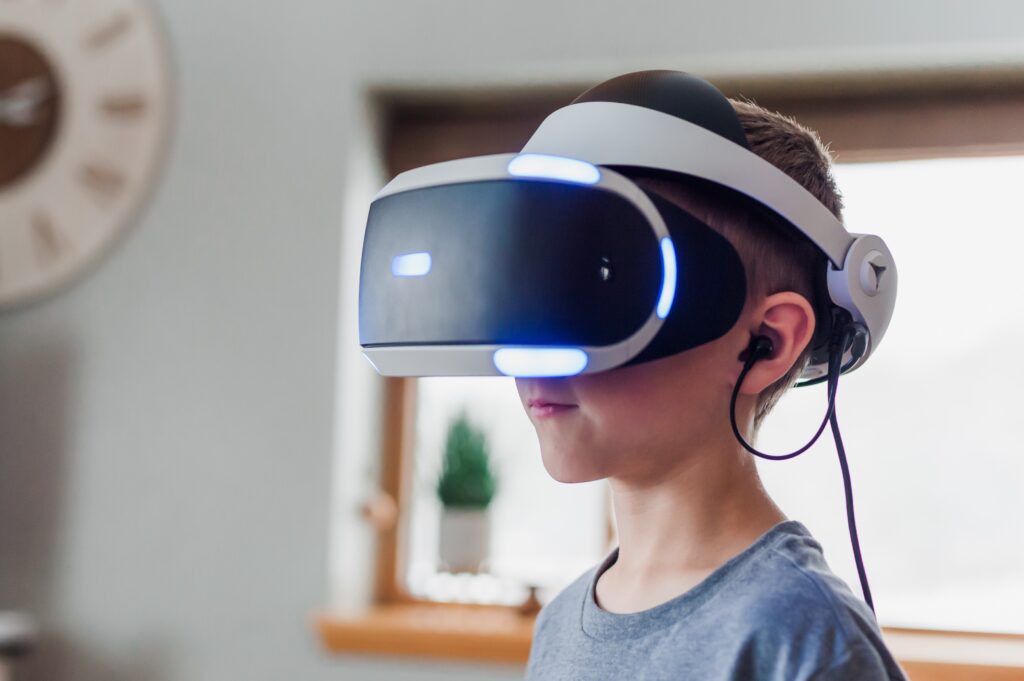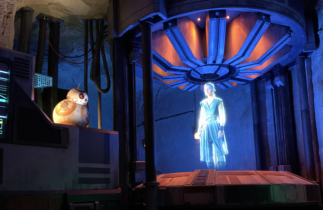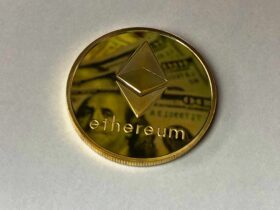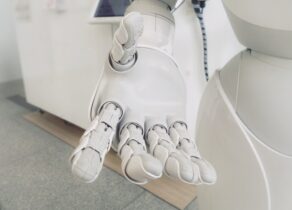Two fundamental questions surround Web 4.0: Will virtual reality (VR) gain traction in society? What will social media look like in the future? Even if we are aware of the exponential rise of technology, it’s still challenging to forecast where we will be in ten years.
Although details are hard to predict, reviewing the past reveals a clear direction for what Web 4.0 may entail. Web 3.0 is still in its infancy, but experts are already romanticizing how Web 4.0 could change the world.
To illustrate how we arrived at the current state of Web 3.0, we will review each previous version of the internet. This article will then hypothesize on a possible Web 4.0.
Web 1.0: Beginning
The term “Web 1.0” refers to the beginnings of the internet.
Defense Advanced Research Projects Agency (DARPA) research initiatives helped develop protocols like TCP/IP, which enabled networked computers to communicate with one another. The study quickly earned the name “Internet.” Web pages connected to one another comprised the majority of this internet.
Web 1.0’s state was very much read-only, in contrast to the web as it is now. Since static pages made up most online pages, there were hardly any interactive features.
There will mostly be a minimalist approach to design then. Each webpage typically consisted of a combination of text and images over a background of pure white.
The internet’s initial iteration was ground-breaking. It was a brand-new system that allowed anyone with access to the system, wherever in the world, to share information.
Users have little else to do but browse the amount of information. The web eventually needed to change as more people began using the internet.
Read the full article here.






